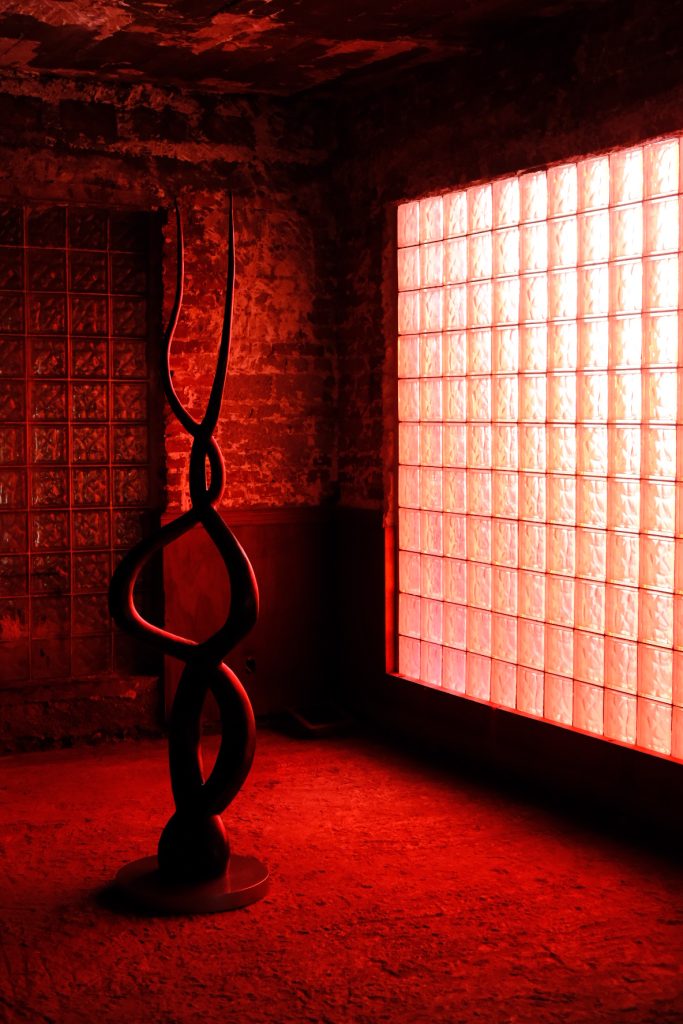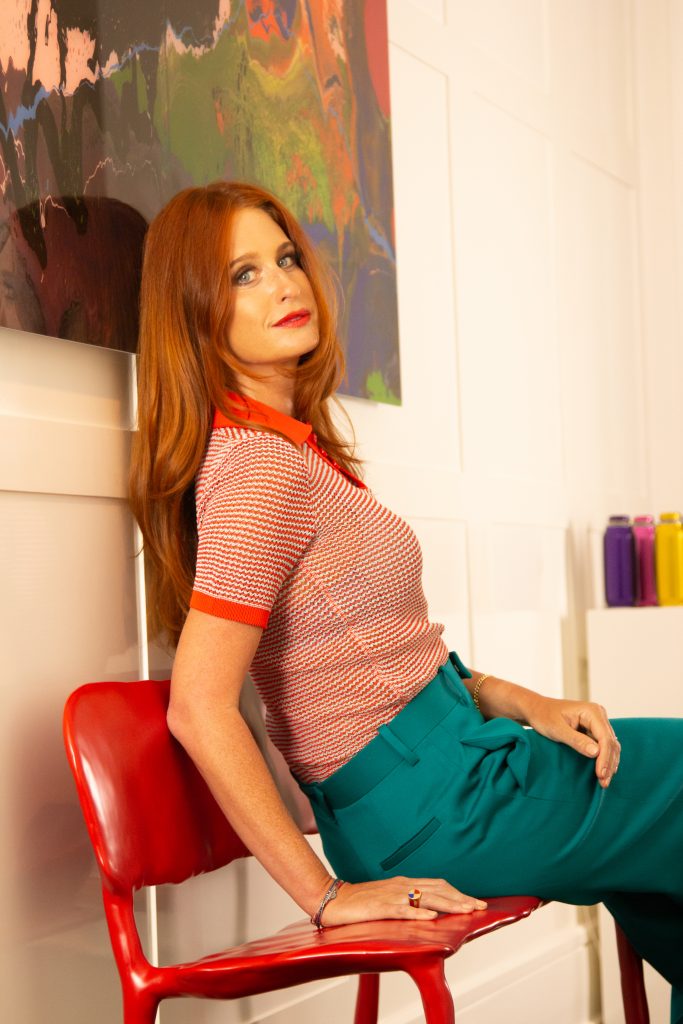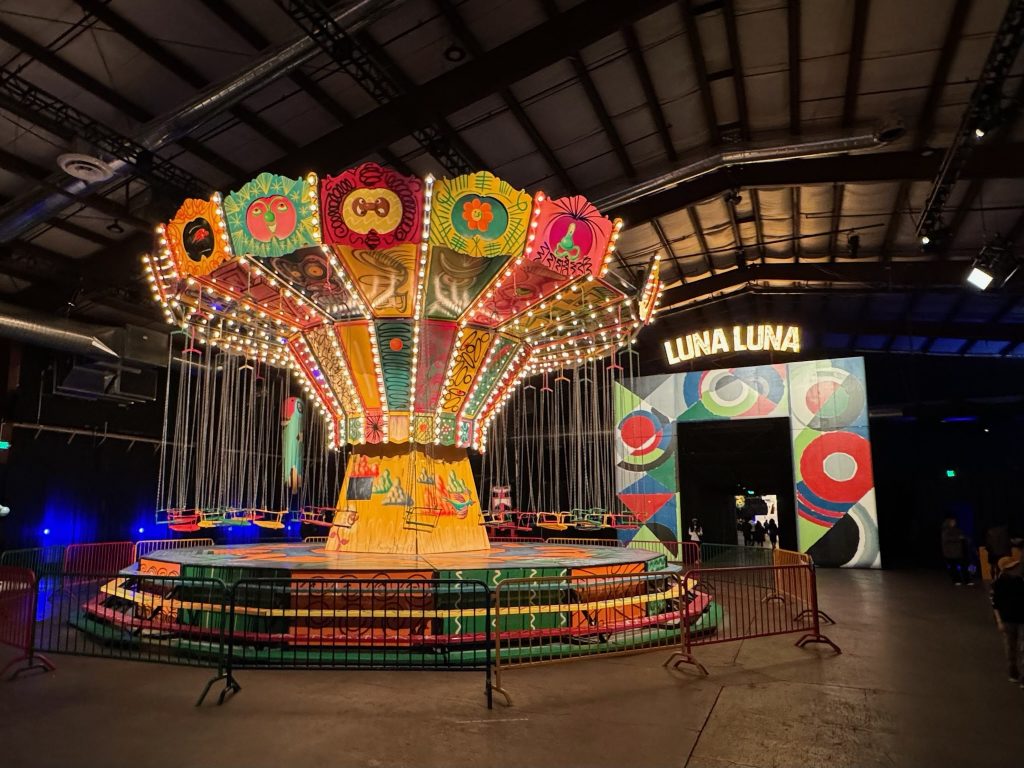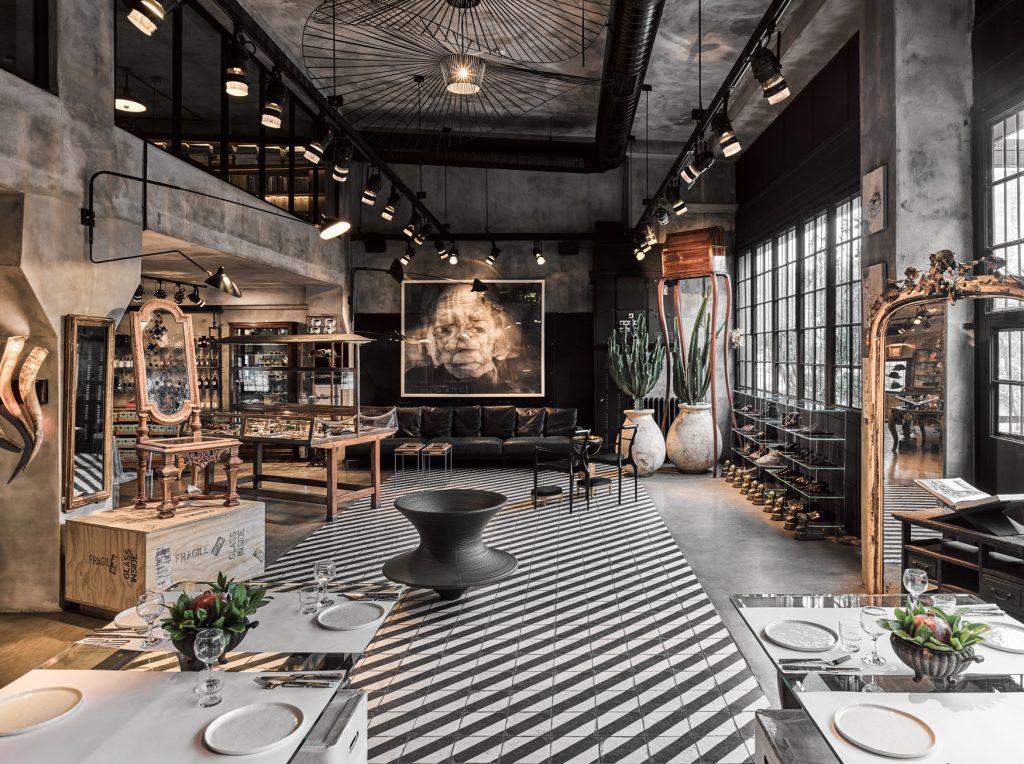Discovering Salvatori and The Carrara Marble Quarries
Our visit to the Tuscan marble district with Gabriele Salvatori

As a material, marble has defined architecture and design, art forms and historic periods. We stepped into this world first-hand when we visited the Carrara marble quarries, the surrounding Tuscan lands, and the Salvatori company. Guido Salvatori founded his namesake company in 1946 in the small town of Querceta, a few kilometers from the Northern Tuscan coast and not far from the world-famous Carrara quarries. Salvatori is now run by third-generation family members who have transformed the company from a small local business into a flourishing internationally-renowned brand, recognized for its love for craftsmanship, its close relationship with design and experimentation around innovative processes.

Salvatori’s elective materials are natural stones and marbles, including Bianco Carrara, Gris du Marais and limestone. The brand focuses on a small color palette that ranges from white to black, cream, light gray and dark gray. This is mainly for a technical reason: these materials withstand processing under blades, a technology that distinguishes the company from peers. That said, Salvatori also produces small, colorful objects, such as the photo frames and vases of the new Precioso collection by American designer Stephen Burks.

CEO Gabriele Salvatori loves design, as demonstrated by the Burks collaboration, as well as partnerships with Michael Anastassiades, Kengo Kuma, Piero Lissoni, John Pawson, Yabu Pushelberg, Patricia Urquiola, Vincent Van Duysen and many more.
“A beautiful project originates from a great designer sitting at the same table alongside a great craftsman,” Salvatori tells us. “The craftsman puts the experience on the plate, and the designer brings a naive, unpolluted eye that helps you look sideways. It comes as if the designer were a child who turned things upside down.”

Color and collaboration aside, Salvatori’s specialty is the processing of white Carrara marble. To reach the quarries, we venture onto dirt roads full of curves, stones and white dust. Once at the top, we are captured by the majesty of the Apuan Alps mountain range and the centuries-old work that dug them. Their intrinsic value is such that, since 2011, the Tuscan Mining Park has been part of the UNESCO Global Geopark network. That’s not to mention all the Renaissance sculpture masterpieces that were made with this marble, and the great artists that we all know came here in person to choose the best blocks. Today, this work is coordinated by a consortium and carried out in 150 quarries by skilled workers who work with gigantic machinery as well as their bare hands.

White marble is primarily mainly for sculpture and architecture but has several other usages. It is, in fact, a very precious material made up of 95% calcium carbonate. It is expensive, porous and easy to work with; it is used for cosmetics, toothpaste, paint and even dietary supplements. We ask our guide if the material that is likely to run out. “I don’t think so,” he tells us, “we are digging at over 1000 meters above sea level, but below us, the marble reaches up to three kilometers below sea level. Since the ancient Roman times, we have only scratched the surface.”

Back at the Salvatori factory, we visit production. Here, we observe the many steps that are meticulously executed by hand. The colors of the stones, which may seem the same to an inexperienced eye, actually have variations in hue. For large orders, it becomes necessary to maintain a uniformity of color, and until now, only human experience allowed this.

Salvatori says this may change. “For the white Carrara, one of our specialized craftsmen comes to make 23 to 24 choices of tones with their naked eye. We are nerds, but after eight hours of this work, even the human eye goes haywire. This is why we have been studying AI for years and, in recent times, also generative AI. This is a passion of mine,” he says.

Neural networks can also come in handy in the design process of a traditional material. “We also know Midjourney well, but it’s the tip of the iceberg,” Salvatori says. “I don’t want to tell you that AI will draw me the next texture, but it will give me a great hand in visualizing an idea without wasting time and material for prototyping. Maybe it can give me some ideas, like that ‘looking sideways’ that maybe will make me find something that I like that we can then develop.”













What are your thoughts?